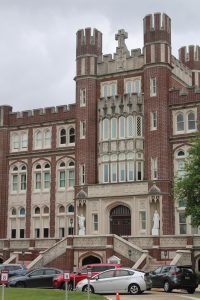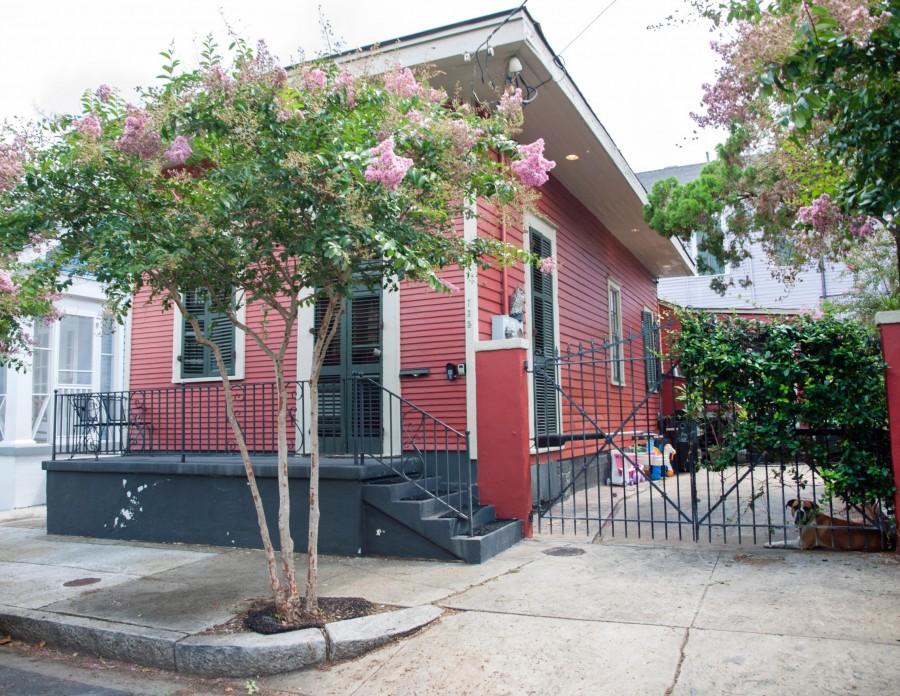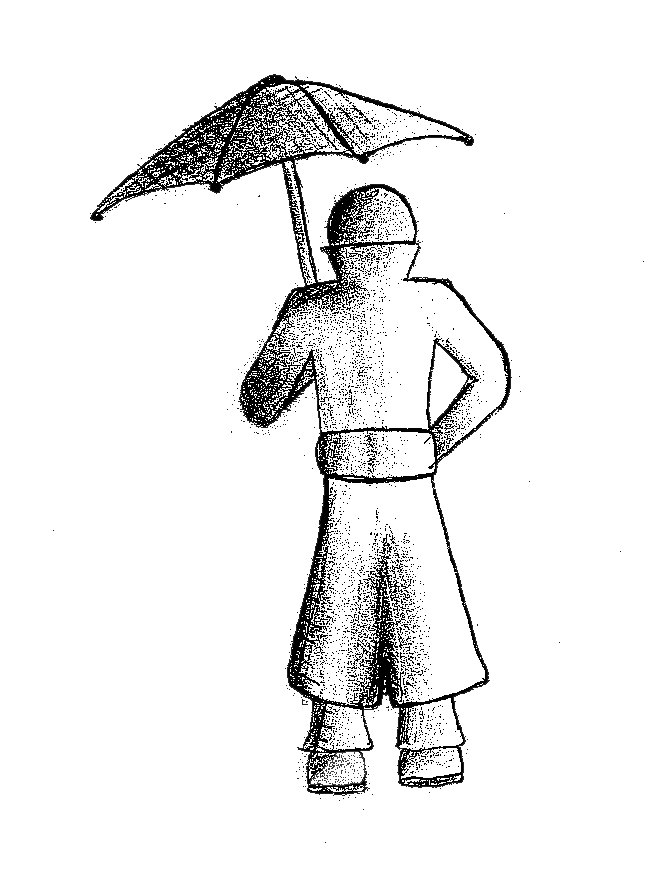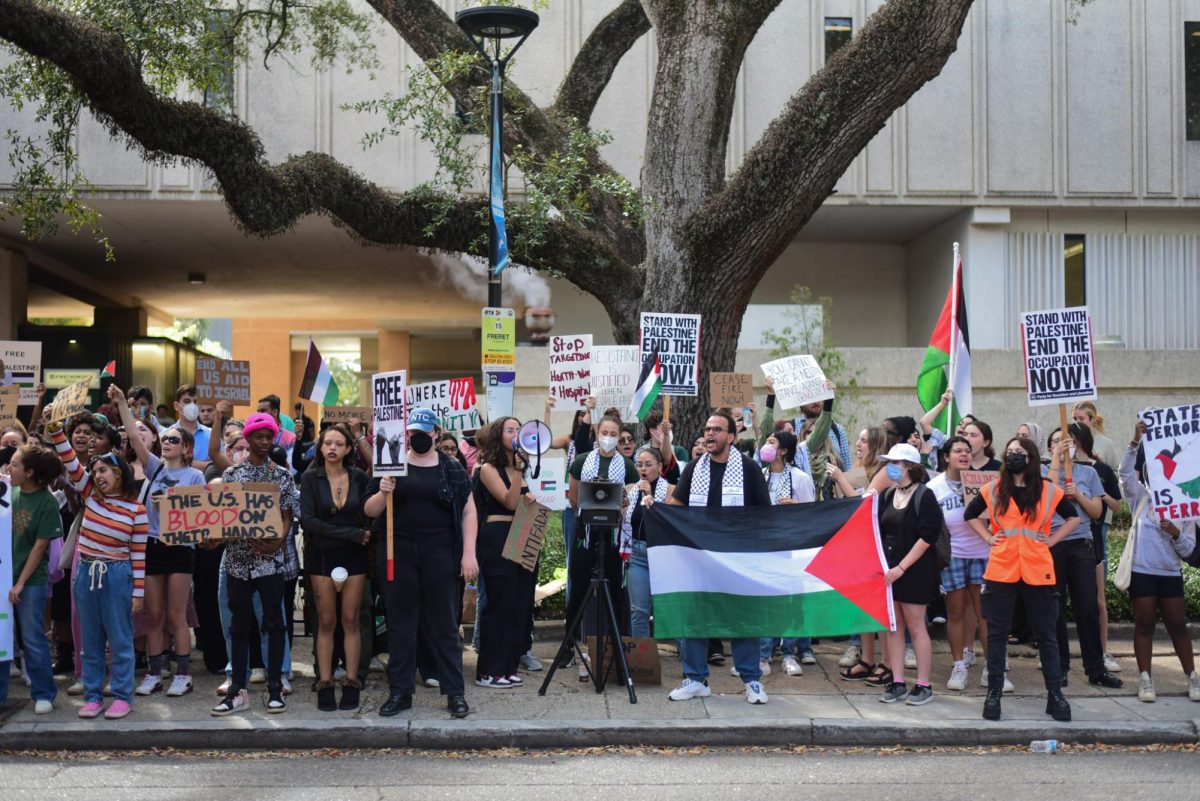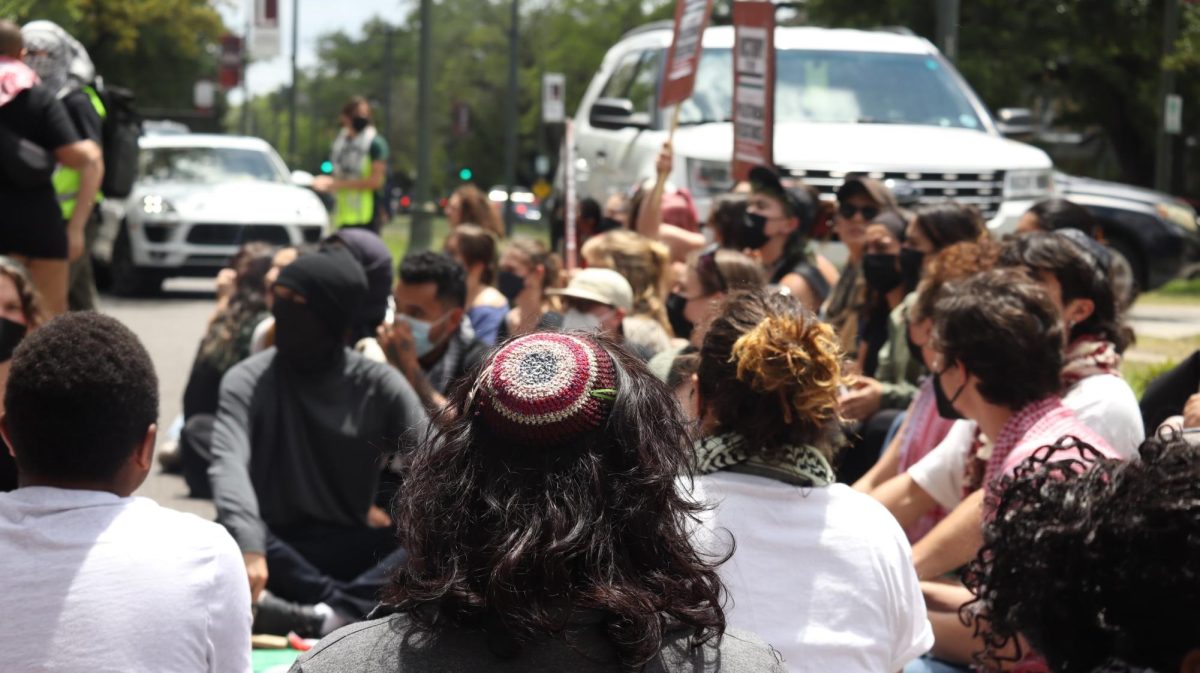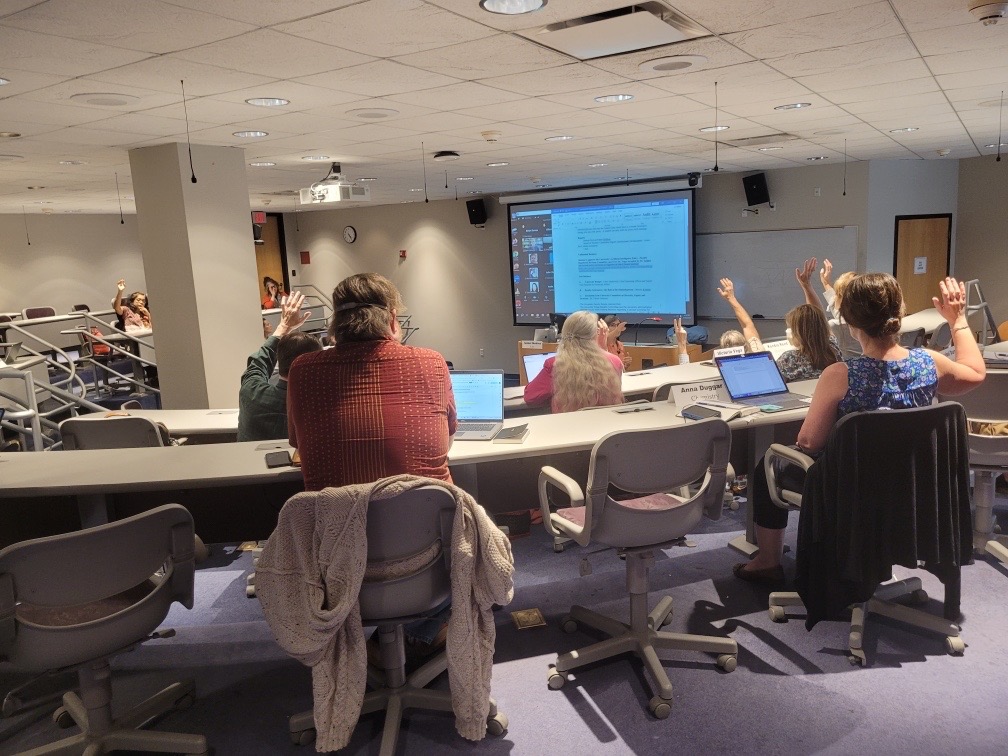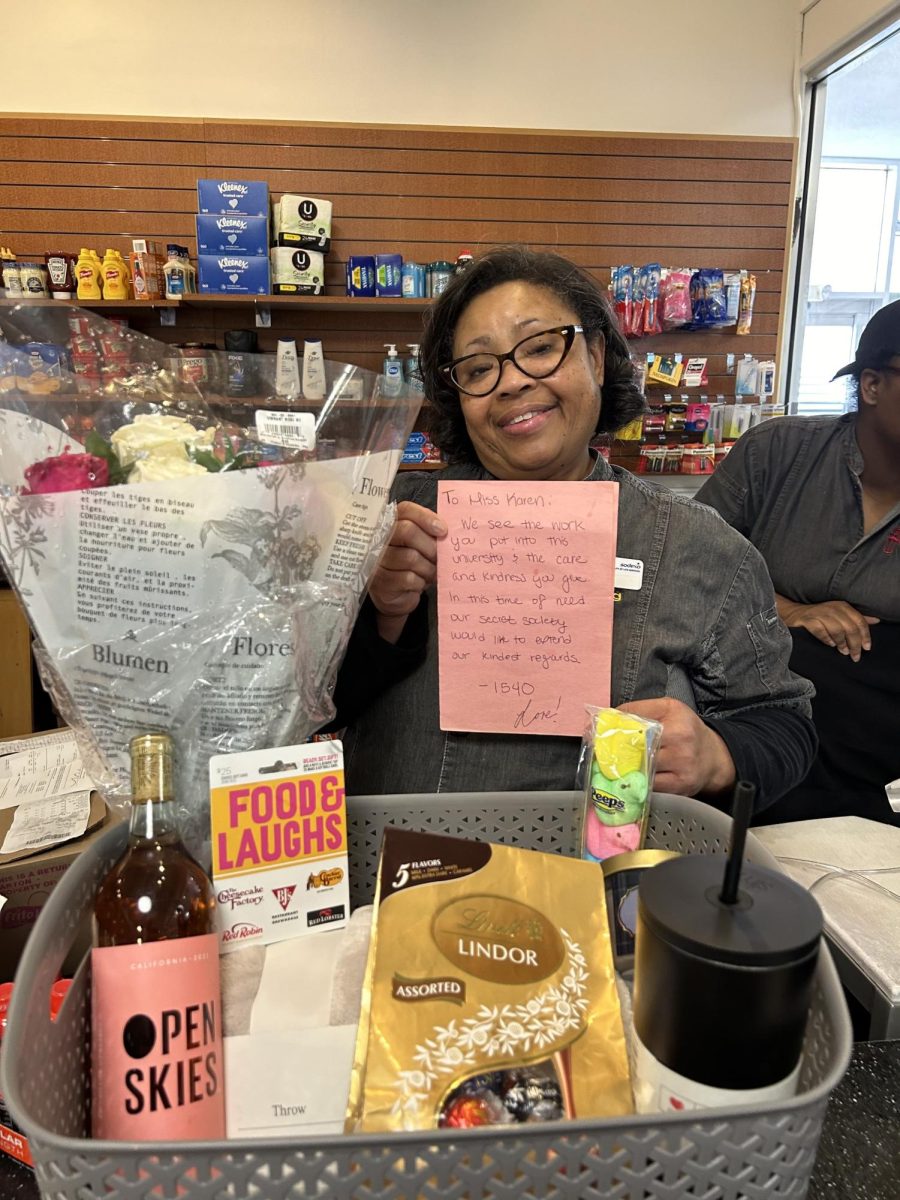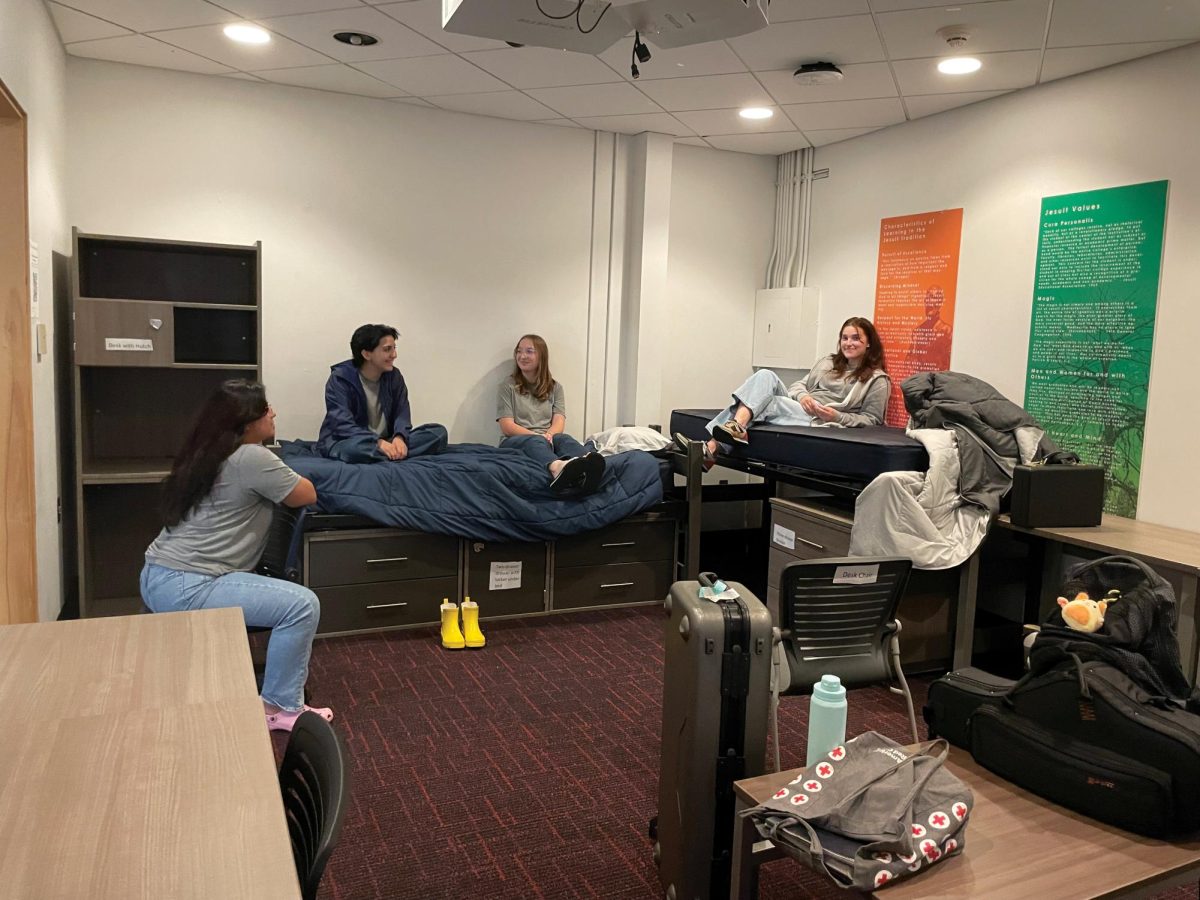While 14-year-old Marshall Coulter remains hospitalized in critical condition, many New Orleans residents can’t help but compare this incident to last year’s fatal shooting of Trayvon Martin.
Merritt Landry, 33-year-old Faubourg Marigny resident, discovered and shot Coulter in his fenced-in front yard around 2 a.m. on Friday, July 26.
The Orleans Parish Sheriff’s Office has stated that Landry has been charged with attempted second-degree murder because the victim was allegedly unarmed and therefore not posing an immediate threat to Landry and his family.
Kathleen Fitzgerald, an associate professor of sociology at Loyola, said that there are both similarities and differences between this local shooting and the Trayvon Martin and George Zimmerman incident.
“The similarities are obvious,” Fitzgerald said. “Armed white men shoot unarmed black teenagers because they feel threatened.”
Fitzgerald, whose research and teaching focus mainly on the study of race, racism and white privilege, said that one of the differences, however, is the time of day the two shootings took place.
“Being approached by someone at 2 a.m. is ultimately more threatening than seeing someone walk around an apartment complex at 7 p.m.,” Fitzgerald said. “In that regard, Landry is going to have an easier time convincing a jury that he acted in self-defense or was standing his ground.”
According to Alex Mikulich, an assistant professor at the Jesuit Social Research Institution, the only similarity between the two shootings lies in the use of unnecessary lethal force.
“Did Mr. Landry give fair warning that he would shoot to kill? Questions like this would need to be answered in more detail to be able to form a judgment,” Mikulich said.
In May 2012, following Trayvon Martin’s death, Mikulich wrote an article for The National Catholic Reporter discussing the important role he believes the Roman Catholic Church should play in the fight for racial justice.
“I completely agree with Fr. Bryan Massingale, professor of theology at Marquette University, who recently argued that when profiling is reasonable, injustice becomes excusable,” Mikulich said. “I share Fr. Massingale’s sense of outrage for our sons and daughters when unconscious racial bias equates white with innocence and black with criminality.”
Landry, who has since been released on bail, was initially charged with second-degree murder, but was later charged with attempted second-degree murder becuase Coulter survived the shooting and is still alive.
According to the police report, Landry stated that Coulter made a sudden move, as if to reach for something, which conflicts with the account of a witness questioned at the scene. That, along with the fact that Coulter was not armed and not caught entering the residence, is what ultimately led to Landry’s attempted second-degree murder charge.
Fitzgerald said she believes that the location of the shooting will play a major role in the prosecution of Landry.
“The young man was, as I understand it, in the fenced-in portion of the shooter’s driveway – thus the owner felt threatened,” Fitzgerald said. “It appears the young man was up to no good, possibly attempting to steal from the residents.”
As for Landry’s attempted second-degree murder charge, she doesn’t know if it had anything to do with George Zimmerman’s recent acquittal.
“What will be key are the efforts the state puts into prosecuting Landry. Like the Zimmerman case, that will be telling,” Fitzgerald said.
Nia Porter can be reached at [email protected]





